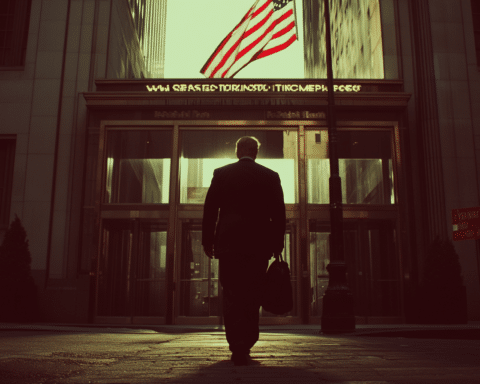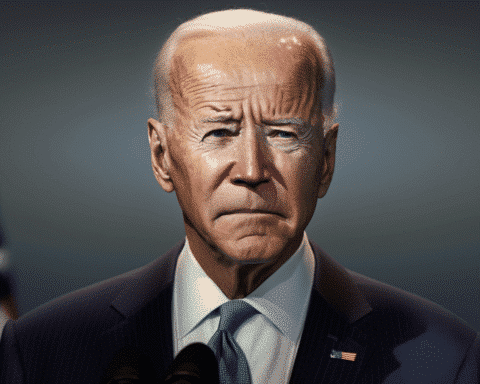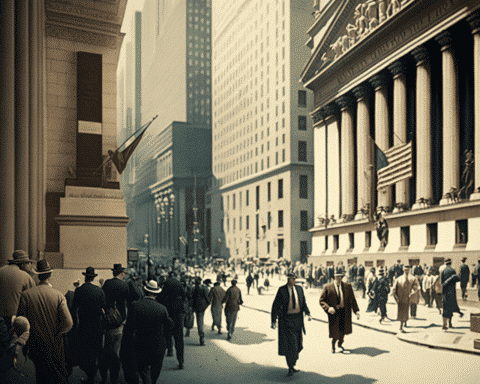The atmosphere was strikingly similar to the financial crisis nearly 15 years ago, as concerned regulators and policymakers in Washington sought Wall Street’s assistance amid a burgeoning banking sector emergency.
This time, the focus was on San Francisco-based First Republic Bank, once admired in the banking industry for its affluent and globe-trotting clientele. However, the bank now faced turmoil as some customers withdrew billions of dollars.
By Tuesday, it became evident to policymakers that the First Republic needed rescue, or it could collapse, according to two anonymous sources who were not authorized to disclose details. In response, the nation’s top banks quickly agreed to abandon their competitive nature and assist the First Republic. A group of lenders, facilitated by Washington, deposited $30 billion in uninsured funds into the California-based bank as a gesture of support.
The funds provide First Republic with a temporary lifeline while it searches for a buyer. Regulators hope the move will also strengthen confidence in the banking system.
While the recent banking industry disturbances do not match the severity of the 2007-2009 Great Recession, the failures of Silicon Valley Bank and Signature Bank, followed by government intervention, raised concerns about further collapses.
Treasury Secretary Janet Yellen and other bank regulators, including the Federal Reserve, the Federal Deposit Insurance Corp., and the Comptroller of the Currency, determined that a private rescue package was necessary to prevent the situation from deteriorating.
One of the first calls made by Yellen and other policymakers was to Jamie Dimon, chairman and CEO of JPMorgan Chase & Co., who played a similar role during the 2008 banking crisis. Dimon reportedly said, “We have our marching orders” after speaking with Yellen and assembled a group of banks willing to deposit funds with the First Republic.
This rescue effort pales in comparison to the complexity of the 2008 crisis. First Republic needed funds to replace the withdrawn deposits. Wall Street banks have had an abundance of capital for years, with stakes being one of the most affordable sources.

The First Republic was not alone in its struggles, as evidenced by its borrowing of $109 billion from the Federal Reserve’s “discount window” between March 10 and Wednesday. On Wednesday, the Fed had loaned $153 billion through this mechanism, more than during the 2008 financial crisis.
According to Moody’s analysts, the rescue package aims to protect against further bank runs but does not address the banks’ vulnerability to excessive interest rate risk. Over the next 48 hours, 11 banks across the U.S. banking industry agreed to support the First Republic, showcasing the sector’s willingness to back even its competitors.
However, it remains to be seen whether First Republic’s problems have been resolved. Its shares fell over 30% on Friday after the bank cut its annual dividend as part of the rescue package. This week, its shares have plummeted almost 70%. Keefe, Bruyette & Woods Analysts stated that the rescue and dividend reduction paint a bleak picture for the company and its shareholders.
This week, investors offloaded banking stocks, with the most significant losses concentrated on smaller regional banks like Zions Bank, Fifth Third, Huntington Bank, and Comerica. There is a widespread concern that smaller regional banks, holding large quantities of Treasuries and mortgage-backed securities, may be pressured by investors to revalue their bond portfolios.
The FDIC estimates that U.S. banks have $620 billion in unrealized losses on their balance sheets, primarily resulting from bonds that have lost substantial value as the Fed raises interest rates to counter inflation. Smaller and mid-sized banks and First Republic saw their stocks fall again on Friday.
Ross Mayfield, investment strategy analyst at Baird, commented on the situation, saying, “There’s still a lot of unknowns,” referring to the uncertainty surrounding banks’ investments and liquidity.
He added, “Most investors who have been in the business for a while, it’s hard not to call back to memory 2008, 2009, even if it does look quite different.” Despite the differences between the current crisis and the last financial meltdown, the unfolding events have reminded market participants and observers of the challenges faced during that tumultuous period.
As the situation develops, regulators and policymakers will continue to monitor the banking sector’s health to prevent further crises. The cooperation among banks to support the First Republic demonstrates the industry’s commitment to maintaining stability and confidence in the financial system. However, addressing the underlying issues, such as vulnerability to interest rate risk and the potential need to evaluate bond portfolios, will be crucial to ensuring long-term stability and preventing similar incidents.
The ongoing efforts to support First Republic and maintain stability in the banking sector highlight the need for collaboration and monitoring to address potential crises. Long-term strategies and regulatory oversight will be essential to tackle underlying issues such as interest rate risk and bond portfolio revaluation.




